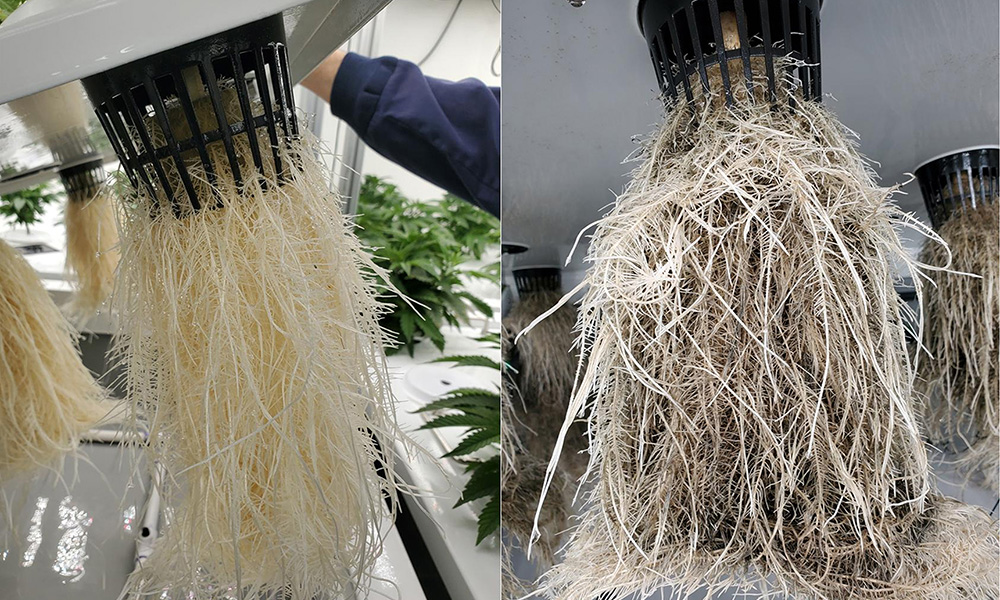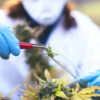A team of researchers from the University of British Columbia’s Okanagan campus have identified and isolated the genome of a deadly fungus that wreaked havoc on a cannabis cultivation facility in the Kootenays.
The institution announced the accomplishment on Thursday and the findings have now been published in the journal Plant Disease.
The research team — led by UBCO doctoral student Chris Dumigan — identified and analyzed Berkeleyomyces rouxiae, also known as black root rot, after one of Dumigan’s former colleagues reached out to him for help in the midst of an outbreak of the fungus at the cultivation facility.
Dumigan’s classmate, Delaney Bray-Stone, sent him pictures of the roots saying that they had tested them for any known cannabis pathogens but the tests all came back negative.
“They had to wipe out a crop because it was killing all the plants, but they also had to shut down a wing of their facility and throw out a whole bunch of equipment. All the filters would form this thick, black sludge. Delaney still has nightmares about this thing because of how much stress it caused him,” said Dumigan.
Read more: Uber Eats partners with Leafly to deliver cannabis in B.C.
Read more: Health Canada seeks feedback for potential changes to federal cannabis regulations
Dumigan was faced with the challenge of reproducing the fungus in a lab for studies but found that conventional growing media was ineffective. Instead, he found success through the use of carrot agar, a type of culture medium used in microbiology to cultivate bacteria and other microorganisms.
“After I made this carrot agar, I returned the next day, and this black cell mass was growing on it that matched what I saw under a microscope,” said Dumigan.
Using the carrot agar as culture medium allowed him to start researching treatment options for black root rot. Canadian authorities have a tight control over what fungicides are permitted in commercial cannabis operations, thereby leaving growers with limited options when dealing with a novel infection like this.
Dumigan says he has identified several species of bacteria that live in roots and secrete certain compounds that can kill fungi of this variety.
“I’ve found several of them that kill this fungus, but none of this is published. It’s only a potential biocontrol, but they could be registered in Canada because it’s a certified organic option, not a conventional fungicide,” said Dumigan.
Dumigan and his team have released the genome for others to examine and are currently in the midst of developing a sequence-based diagnostic test to help other labs and facilities identify and eliminate the fungus before it spreads.
Read more: SNDL acquires four Dutch Love stores for $7.8M
Read more: Inaccurate THC levels in Canadian cannabis sparks concerns across industry
UBC has been actively involved with other cannabis studies in recent years
In 2021, a research team from UBC Okanagan studied the cannabis usage of Indigenous peoples through the help of a partnership with the Woodland Cree First Nation and Indigenous Bloom.
In October last year a doctoral student from UBC Okanagan published research on the stigma of prenatal cannabis use in the Journal of Psychoactive Drugs.
Hop latent viroid or Dudding Disease is another infectious disease that can destroy cannabis crops.
rowan@mugglehead.com











